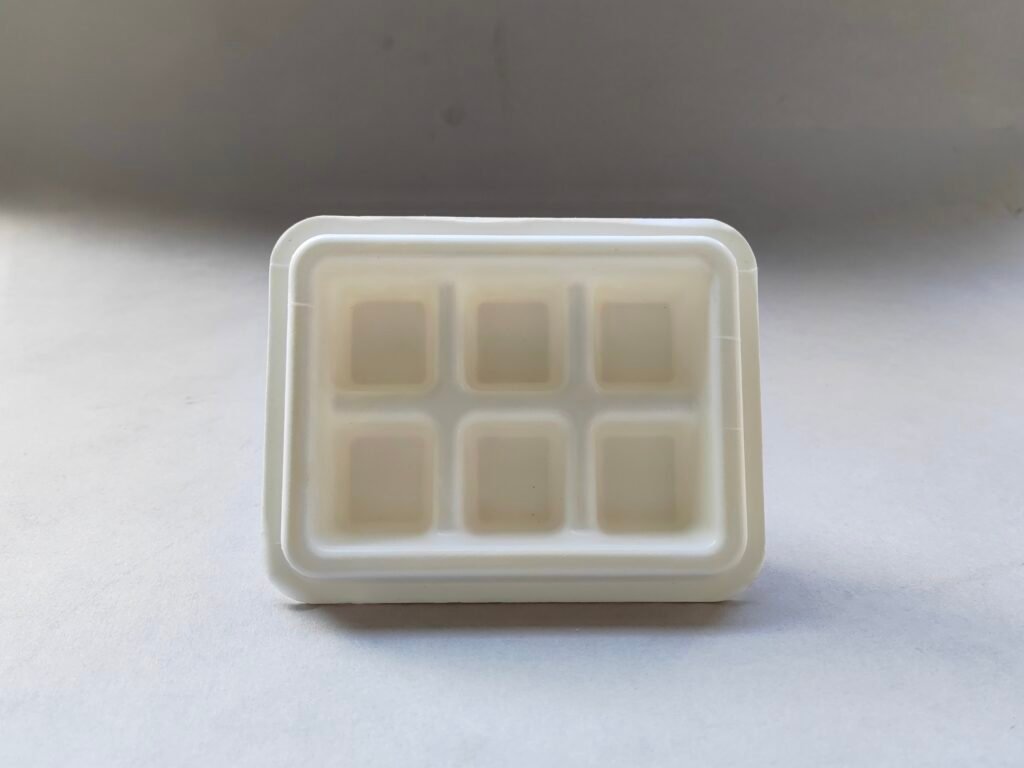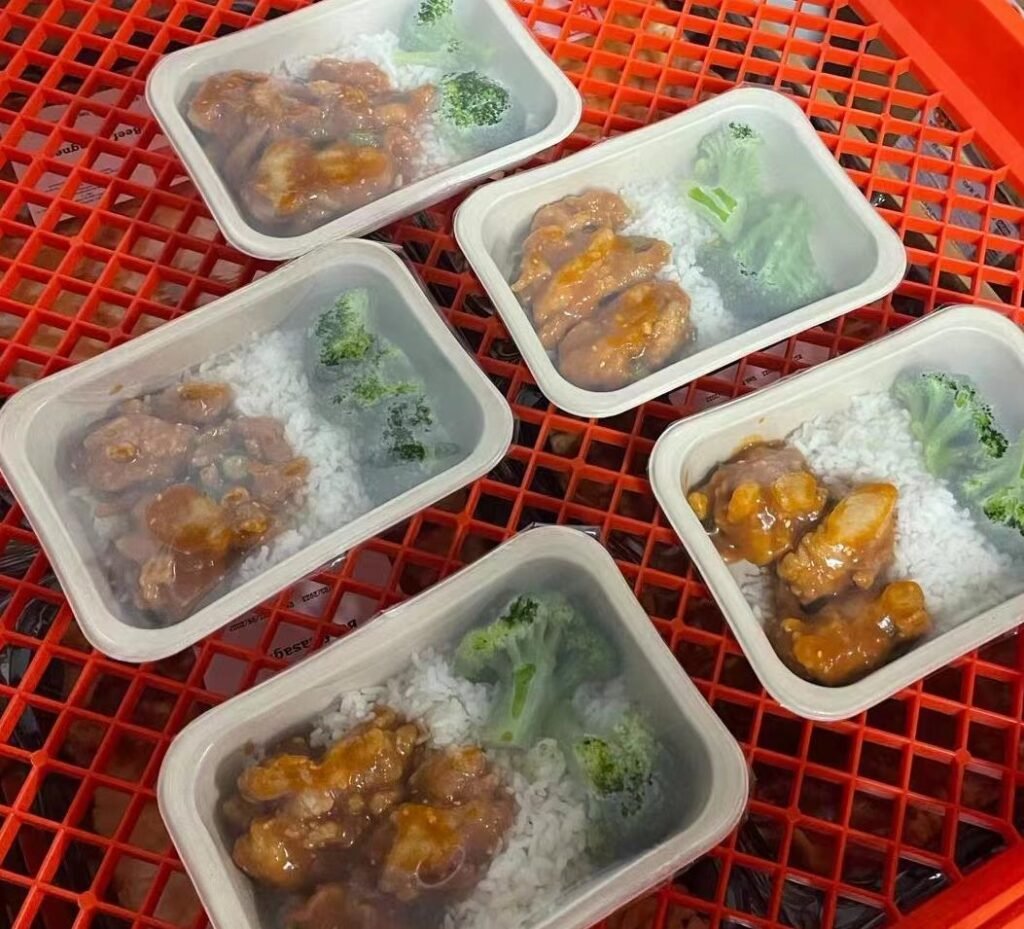Are you unsure of which film to choose for laminated pulp trays? You’re not alone. As a business focused on sustainability, many of our clients face this challenge. Without the right film, pulp trays can lose their effectiveness in protecting food and maintaining their integrity. At HMZ Technology, we understand the importance of finding the right solution to ensure both quality and eco-friendliness for your packaging needs.
Selecting the right film for laminated pulp trays is critical for ensuring that your packaging is durable, moisture-resistant, and compatible with food safety standards. The type of film used can directly impact the shelf life, performance, and appearance of the trays, making it a crucial decision for your business.
Why is it so important to pick the right film? Laminated pulp trays are primarily used in the food industry, and they need to meet specific standards. From keeping food fresh to preventing leaks, the film plays a crucial role in the tray’s performance. But with so many options on the market, it can be challenging to know which one is the best for your application. Let’s dive into the key factors to consider.

What types of films are available for laminated pulp trays?
There are several types of films used in the lamination of pulp trays, each with its own benefits. Here are the most common options:
- Polyethylene (PE) Film: Known for its moisture resistance and durability, PE film is one of the most popular choices. It’s often used for food-grade applications where moisture barriers are necessary. This film works well for both hot and cold food items, ensuring that the tray stays intact during transportation and storage.
- Polylactic Acid (PLA) Film: PLA is an eco-friendly alternative that aligns with the sustainability goals of many businesses. Made from renewable resources like corn starch, PLA film is compostable and biodegradable, making it an excellent choice for businesses focused on reducing their environmental impact.
- Polypropylene (PP) Film: PP film is lightweight yet durable, making it ideal for packaging that requires both strength and flexibility. This film is often used for packaging fresh produce and other perishable items. It is also recyclable, which appeals to businesses aiming to adopt more sustainable practices.
- EVOH Film: This film is known for its excellent oxygen barrier properties. EVOH film is often used for extending the shelf life of perishable foods, making it perfect for laminated pulp trays used in retail food packaging. Though less commonly used, it provides an additional layer of protection against spoilage.
- CPET (Crystallized Polyethylene Terephthalate) Film: CPET is a highly versatile and heat-resistant film, making it ideal for food trays that require heating in ovens or microwaves. This film can withstand temperatures from -40°C to 220°C, offering excellent barrier properties against moisture and gases. CPET is commonly used in frozen meals and ready-to-eat food trays due to its durability under extreme conditions.

How do I choose the best film for my laminated pulp trays?
Choosing the right film depends on several factors, including the type of food being packaged, the storage conditions, and the desired shelf life. Here are some important considerations:
- Food Compatibility: The type of food you are packaging will often dictate which film is most suitable. For example, hot foods require films that can withstand higher temperatures without degrading, such as PE, PP, or CPET. CPET, in particular, is perfect for trays that will go from freezer to oven. If you’re packaging cold foods or items with a short shelf life, PLA might be the more eco-friendly choice.
- Sustainability Goals: If your business is committed to sustainability, opting for biodegradable films like PLA can help reduce environmental impact. At HMZ Technology, we’ve seen an increasing number of clients, like Markus Shenng, prioritize sustainable options to align with eco-conscious consumer demands.
- Moisture and Oxygen Barrier Needs: If you need strong moisture or oxygen barriers, PE, CPET, and EVOH films are excellent choices. These films prevent food from spoiling quickly, making them ideal for packaging perishable items like fresh produce or ready-to-eat meals.
- Heat Resistance: CPET is especially useful for food trays that need to be heated. Its high temperature tolerance allows trays to be used in ovens or microwaves, offering versatility for meal-prep companies or food service providers.
- Customization Options: As a business, you might want your packaging to reflect your brand identity. At HMZ Technology, we offer customizable laminated films for pulp trays, including branding options and personalized designs. This allows you to make your product stand out on the shelves while maintaining its functionality.

Are laminated films eco-friendly?
Many businesses worry about the environmental impact of using laminated films. While not all films are compostable, there are several eco-friendly options on the market today, such as PLA films. These films are biodegradable, making them a better alternative to traditional plastic films. Additionally, certain films like PP and EVOH are recyclable, meaning they can be reprocessed and reused, which supports a more circular economy.
CPET, while not compostable, is recyclable and offers a durable, reusable option for food trays. At HMZ Technology, we encourage our clients to explore eco-friendly options like PLA, but we also provide high-performance solutions like CPET for clients who need both durability and heat resistance.
What are the cost considerations for different films?
Cost is always a critical factor for businesses. PLA films, being compostable and biodegradable, can sometimes be more expensive than traditional options like PE or PP films. However, the investment can pay off in terms of customer loyalty and brand positioning. Eco-conscious consumers are more likely to support brands that prioritize sustainability, so choosing a more expensive biodegradable option can improve your market reputation.
In contrast, films like PE, PP, and CPET are more cost-effective but may not meet the sustainability standards some clients require. It’s essential to balance your budget with your business values when selecting a film for laminated pulp trays. At HMZ Technology, we offer a range of film options at competitive prices, ensuring that our clients can find the perfect fit for their needs without breaking the bank.

How do I ensure the quality of laminated films?
When sourcing laminated films for pulp trays, it’s vital to ensure they meet the necessary quality standards. All films should be food-safe and comply with international regulations, such as those set by the FDA or the EU. Working with a reliable supplier, like HMZ Technology, guarantees that you’ll receive high-quality, certified films that meet both safety and sustainability requirements.
We also offer quality assurance checks and detailed specifications for each film type. This way, you can be confident that the film you’re using provides the necessary protection for your food products, while also maintaining its durability during transportation and storage.
Conclusion
Choosing the right film for laminated pulp trays is essential for ensuring the quality and sustainability of your packaging. Whether you need moisture barriers, oxygen protection, heat resistance, or compostable solutions, there is a wide range of films available to meet your business needs. At HMZ Technology, we specialize in providing customized solutions for food packaging, including high-quality laminated films like CPET, PLA, and more that align with your sustainability goals.
Contact us to learn more about how we can help you select the perfect film for your laminated pulp trays and elevate your packaging strategy. Together, we can create packaging solutions that meet the demands of both your business and the environment.

